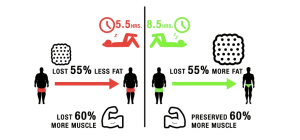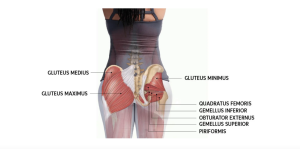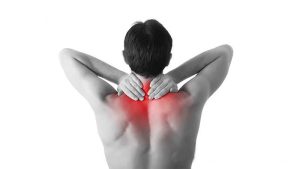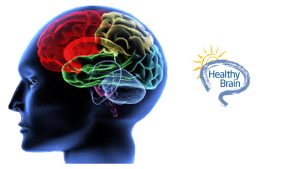A proven way to reduce stress, anxiety, and panic is to learn how to relax your muscles. It can also improve most stress-based conditions. When you’re under stress, your muscles tend to tense up. This is a natural mechanism in order to protect you from pain and injury when you’re in danger. Tension headaches, back, shoulder, and neck pain are so common. It becomes normal to have that pain, but it’s not. We have become so used to having tight muscles that we don’t realise it.
The cycle of tight muscles and stress
Under stress, our bodies respond with the flight or fight response. It’s known as the stress response. During the stress response, muscles tighten, breathing gets shallow, heart rate increases and digestion shuts down.
There is also an opposing response to stress and that is the relaxation response. During relaxation response, your muscles relax, breathing and heartbeat slow down, and blood pressure and digestion return to normal.
Unfortunately, the stressors of modern life keep coming. Instead of a relaxation response, we experience the stress response, and our muscles remain permanently tight. Consequently, tight muscles send signals to the brain that there is danger ahead eliciting the stress response. As a result, it leads to a never-ending loop of stress and muscle tension. To break this vicious cycle, there’s a simple stress-reduction technique that teaches you how to relax muscles.
Progressive Muscle Relaxation (PMR)
Developed by Harvard trained physician Dr. Edmund Jacobson, PMR has been around since the 1920s. Jacobson recognised that physical stress and mental stress were interrelated and believed that an anxious mind could not exist in a relaxed body. PMR can be used for a variety of reasons. For example anxiety, insomnia, and high blood pressure.
Muscle relaxation exercises to get started
There are two main steps to progressive muscle relaxation – intentionally tensing muscles and then intentionally releasing that tension. The following is a quick exercise to give you an idea of how progressive muscle relaxation feels.
Clenched fist muscle relaxation exercise:
- Clench your right hand to make a fist while flexing it upward at the wrist.
- Hold tight for 10 seconds then release, letting your hand go limp. Do this a few times.
- You should notice that your hand feels more relaxed than your left hand.
Full body PMR Exercise
- Get comfortable and take a few deep, relaxing breaths.
- Focus on your right foot. Slowly tense the muscle in your right foot, squeeze hard, and hold for 10 seconds. Relax your right foot and notice the tension flowing away as you think of yourself relaxing and letting go.
- Repeat with your left foot.
- Work your way up to your body, tightening and releasing groups of muscles, alternating between your right and left sides.
Concentrate on these groups of muscles in this order:
-
- Calf
- Knee
- Thigh
- Hip
- Lower back
- Abdomen
- Upper back
- Chest
- Shoulders
Now focus on your hands
-
- Wrist
- Forearm
- Elbow
- Upper arm
- Shoulder
Now focus on your head
-
- Neck and throat
- Face
- Back of head
- Top of head
When you are done, relax your eyes. Slowly count backward from 5 to 1. Repeat to yourself “Eyes open. Feeling calm and fully alert.” Open your eyes and get up slowly.
Mini exercises to relax muscles fast
Sometimes you haven’t got time to do a complete progressive muscle relaxation session. In the shorter version, lump smaller muscle groups into larger ones and focus on these four main muscle groups:
- Legs and feet combined
- Abdomen and chest combined
- Arms and hands
- Shoulder, neck, and face combined
You can do this mini exercise in a minute or two anytime you want to de-stress in a hurry. Another way to use this mini session is to just focus on the muscles that are feeling tense and do a quick release in just that area.
PMR Precautions
PMR is generally considered safe but if you have a history of muscle spasms or ongoing pain from an injury, talk to your doctor first.
Additionally, if you have low blood pressure, get up very slowly after doing this or any other relaxation exercise. Consequently, standing up too quickly could make you feel lightheaded or cause you to faint.
Chiro & Sports Med
Our chiropractors at Chiro & Sports Med are committed to providing chiropractic solutions to address your unique needs, whether you are experiencing an irritated nerve, bulging disc, back pain, neck pain, knee pain, headaches, or even muscular tightness and tension. You may be searching for pain relief after an accident or experiencing an injury. Our mission is to help reduce or eliminate pain and to prevent future problems and injury. Above all, we are here to improve your quality of life, well-being, and your ability to live an active healthy lifestyle.





